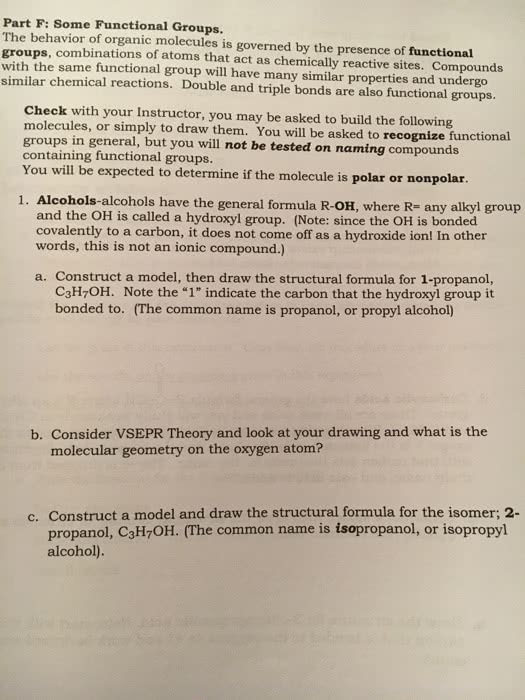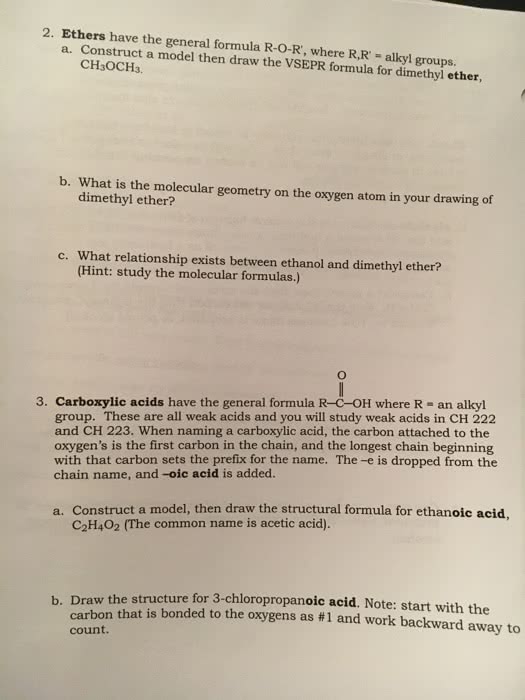CHEM 2510 Lecture Notes - Lecture 1: Electrostatics, Ionic Bonding, Covalent Bond
Document Summary
Organic chemistry the chemistry of carbon and its compounds. 1-1: the scope of organic chemistry: an overview. Funcional groups determine the reacivity of organic molecules. Alkanes molecules composed of only carbon and hydrogen atoms connected by single bonds. Contain no funcional groups therefore are basic scafold of organic molecules. Reacions are the vocabulary and mechanisms are the grammar of organic chemistry: reacion mechanism the underlying details of the reacion, reacion intermediate a species formed on the pathway between reactants and products. 1-2: coulomb forces: a simpliied view of bonding. Coulomb"s law of electric charge: opposite charges atract each other, like charges repel each other. Atracing force = constant [(+) charge (-) charge]/distance2: bond strength the energy released as neutral atoms are brought together, bond length the point at which no more energy is released. The balance between the atracive forces of electrons and protons and repulsive force of protons. 1-3: ionic and covalent bonds: the octet rule.



